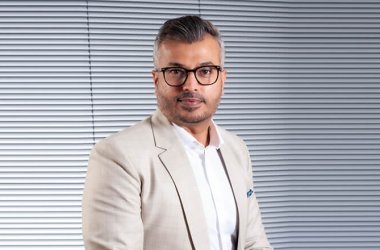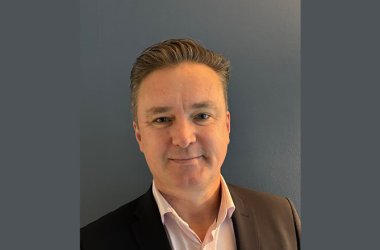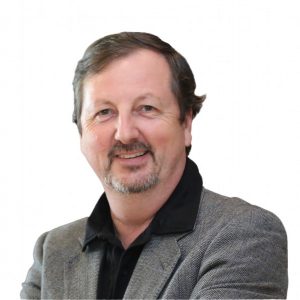
As Reseller ME celebrates its 250th edition, its ex-editorial and sales member, Mita Srinivasan (MS) along with industry veterans Graham Porter (GP), Philip Hughes (PH) and KU Shankari (KS) walk down the memory lane, sketching a picture of the key facets that crafted the industry two decades ago.
Could you elaborate on your role when you started out in the regional IT industry?
MS: I was working on the editorial and sales side of Reseller ME. Back then, it was called RAM – Resellers Assemblers Manufacturers. The publication was focused around the PC assembly market, which used to dominate the industry then. There were memory companies whose fortunes rose and fell based on the prices of the memory and Intel chips. There were people who lost businesses and built empires because of this.
PH: I entered the regional market in 1993 and joined distribution with Computer 2000, which was a prominent player during that time and was later acquired by Tech Data. I remember there was about six to eight months where we struggled because we were trying to sell original software. When we had our first delivery of Intel CPUs, that was the moment business exploded. This was because now we had the availability, stock and status. We got motherboards from MSI, Asus and other similar brands. Memory had started to come in too. At that time, it was about availability and pricing.
GP: I started off with Saudi Business Machines (IBM) back in 1994. It was the same year I started attending GITEX. GITEX used to be held in Riyadh for a few years, however, it didn’t really take off. At that time, we had to resort to marketing gimmicks to attract footfall to our stands. I remember we once got Bill Gates videos on a CD and said things like “come to the IBM stand and meet Bill Gates”. We needed to make our PCs and printers a lot more attractive. Also, one of the
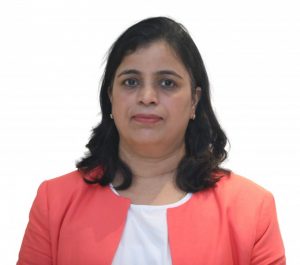
highlights of GITEX in UAE used to be about the parties and the networking circles. Back then, Dominic De Sousa, CPI Media Group’s founder on stage, doing his Elvis act on the last night of GITEX, was an evening the industry looked forward to. Everybody wanted to get away from the formal parties.
KS: Back then, GITEX used to be a lot more exciting. All the retailers would go the extra mile to think of innovative marketing strategies to make themselves unique at GITEX Shoppers. Today we see very less differentiations. Around two decades ago, I was just about setting up my business – Lucky Star Computers. We had our first stall at GITEX in 1999.
How strong was the assembly market back then?
MS: In those days, it was all about hardware, components, assemblies and building your own PCs. Firms such as Compaq, HP and others were struggling because the assembly PC market was much more attractive to consumers. This was because customers could customise their purchases. Brands such as Lenovo and Acer were not thought of in those days. It was only Compaq, HP and IBM. It was extremely hardware-driven industry at that time.
KS: Till about 2004, assembly PC market was dominating and even Compaq could not beat our pricing.
PH: We had a client who went from nothing to $2 million in six months. There was a minor price change and products became available in South East Asia, which led to this client leaving the regional market within a month. The margins were outrageous. It was not until 1998 when I moved on to APC that we started to see firms such as HP, Compaq and Sun beginning to build the brand value again.
What is the biggest difference from then to now?
PH: In a line, the biggest difference is money, mettle and MBAs. In the old days – we call it ‘the wild west’ – there was money, marketing budgets, crea
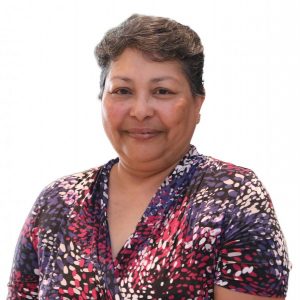
tivity, innovation and mettle. Today the industry is lacking in these aspects. People who come in now are much more professional and educated. They all have been through the machinery of post graduate courses. However, the issue is that they have the formal education but lack in hands-on experience in solving problems. Back in the day, we would meet with colleagues from other firms and discuss best practices. 20 years ago, we would find regional managers of most companies sitting together once a month, having lunch and discussing how they were managing their challenges. Today, customers know what they want. The idea of selling solutions have finally taken off.
GP: It was quite a young industry back then. When I was with HP in 1999, we had a lot of novices join the firm who didn’t have experience but they eventually grew into their roles.
KS: Previously, there were more family-owned businesses within the resellers. It has become more structured and formal now. Today, people are in IT because they have a related educational background or a passion for technology. Back in the day, somebody who had money would begin any IT reselling business without adequate market knowledge.
What were some challenges in the IT channel market around 20 years ago?
KS: Grey market was and continues to be a huge challenge.
MS: Most problems that were discussed back then continues to exist even today. Issues such as bottomline, marketing and co-op funds, payment terms and so on afflict the industry.
KS: Delayed payments and bottomline challenges also led to many players fleeing the market. While we do have absconding firms even today, the frequency has reduced this year. This gave rise to Dubai Computer Group (DCG) association to mitigate such issues in the market.
How do you expect the next 20 years to shape out?
GP: Today we see businesses straining to sell products. The pertinent questions now are ‘How do you add value? How do you differentiate from competition?’ Technologies that are gaining popularity within regional enterprises include security, cloud, software-based technologies. As a vendor who provides solutions around these technologies, we want to see people trained in them. We still have credit issues going on in the market. Many people are investing in cloud without having an idea how it will pan out. But the question is, are you willing to take a risk? We will see a lot of changes over the next 20 years. The primary focus will be on adding value and identifying the channel who can deliver it.
MS: I believe partners will have to focus on specialisation. They need to look at niche areas where they can excel and really dominate. This means
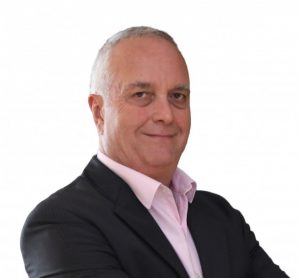
they need to start investing in people a lot more than what they are doing currently. Also, they need to find ways to retain their workforce.
KS: The market is becoming more data analytical oriented. There is a huge demand for upcoming technologies. We have to treat our employees as our shareholders. Then, they will be invested to grow the business along with you. All my employees will be my partners over the next 20 years. I believe service will be the biggest industry for the next five years.
PH: In 2020, the country is expecting around 20 million visitors coming into the region. This would mean analysing a deluge of data, creating innovative apps and organising large-scale events. The next six months will be crucial for businesses in the region. We have an economy that is recovering from some of the financial issues in the global market. We are seeing the emergence of even more small and medium firms; all these businesses will need new-age technologies to increase their operational efficiency. Channel partners need to transform their businesses to evolving market developments in order to capture this growth.



